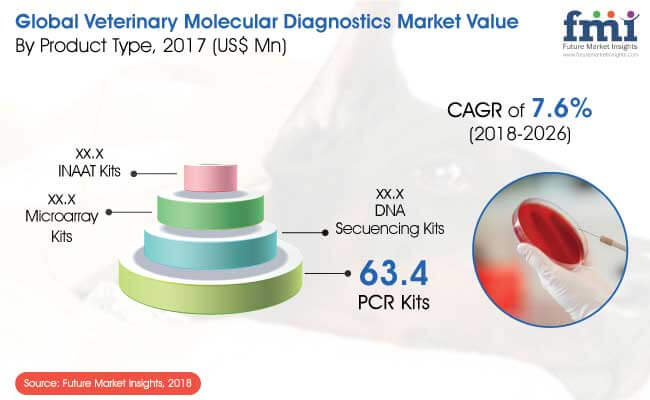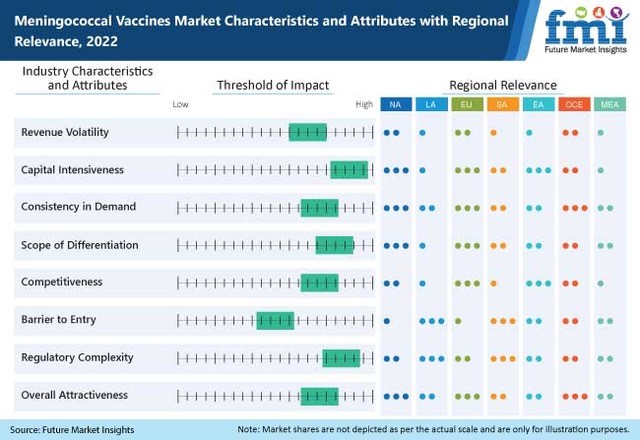Timely drug delivery is the cornerstone of an effective healthcare infrastructure. Rising prevalence of chronic and infectious ailments have accelerated production of prescription drugs, prompting vendors to develop effective distribution networks.
Advancements in consumer touch points and supply chains, including e-commerce, convenience stores and retail stores have greatly altered the prescription delivery services landscape. Advancements such as drone-based delivery and tracker based prescriptions are helping usher in smooth customer experience.
Furthermore, advanced prescription delivery systems have not only assisted in providing round-the-clock customer services but also helped manage dosage, therapy adherence and provide feedback to clinicians.
Prescription Delivery Services Market- Key Takeaways
- Diabetic prescription drugs to hold major sway, poised to capture 36.7% market share by 2030
- Ease of access to drugs addressing chronic conditions is slated to drive retail pharmacy growth to greater heights
- North America to expand stupendously at a CAGR of 18.4% from 2020-2030, attributed to the presence of multiple convenience and pharmacy stores
- Global prescription delivery services market to reach US$ 434.3 Mn by 2030-end
“Adoption of self-checkout kiosks and medicine dispensing machines shall enhance medicine purchasing experience of customers, permitting vendors to experience greater customer loyalty,” concludes the FMI analyst.
COVID-19 Impact Insights
The COVID-19 pandemic has generated fertile ground for the prescription delivery services market. The imposition of nationwide lockdowns to enforce social distancing have reduced footfalls across conventional pharmacies. This has compelled patients to rely on online retail platforms to avail their medicines.
Furthermore, heightened vulnerability of geriatrics suffering from co-morbidities to the coronavirus has necessitated stockpiling of essential medicines, thus keeping the need for prescription delivery services afloat throughout the pandemic’s duration. This panic buying behavior shall usher in an 80% y-o-y growth.
Growth is especially anticipated to be robust across the U.S, China and India, countries with the highest rates of infections. Collectively accounting for 40% of the global infection rate, these countries have witnessed an unprecedented increase in hoarding prescription medicines by individual households. This shall continue until the latter-half of 2021.
To remain ahead of your competitors, request for a sample – https://www.futuremarketinsights.com/reports/sample/rep-gb-12534
Market Witnessing Entry of e-Commerce Players
The Prescription Delivery Service Market is witnessing entry of e-Commerce, pharmacy and retail chains, albeit at a local or regional level. Technological developments, new product launches and collaborations characterize some critical expansion strategies of market players.
Some of the key players in the Prescription Delivery Service Market are: Walgreens Co., Walmart Stores Inc., CVS Health, Giant Eagle Inc., Express Scripts Holding Company, Ali Health and Kroger Co. to name a few.
Besides these established players, several startup companies are also emerging as potential game changers in the industry. These include NetMeds, Kfyao, Capsule, Myra Medicines, NURX, MedAvail, Zipdrug, Insightfil and ScriptDrop to name a few.
Walgreens, a prominent retail pharmaceutical distributor, has a robust presence in the global prescription delivery services market. The company offers refills, auto refills, drug information and home delivery services.
In 2017, the company acquired Rite Aid for a sum of US$ 5.2 billion, resulting in the merger of two of the United States’ three largest pharmacy chains.
More Insights on the Prescription Delivery Services Market
A recent market study published by Future Market Insights on the Prescription Delivery Services Market includes global industry analysis for 2015-2019 & opportunity assessment for 2020-2030, and delivers a comprehensive assessment of the most important market dynamics. The report has been segmented on the basis of disease indication (therapeutic drugs (diabetes, hypertension & cholesterol disorders), wellness supplements, OTC drugs and diagnostic drugs) and distribution channel (pharmacy stores, healthcare institutions, clinics and research institutions) across seven geographies (North America, Latin America, Europe, South Asia, East Asia, Oceania and MEA).
Get a Tailored Made Report to Match Your requirements, Ask from Market Research Expert – https://www.futuremarketinsights.com/ask-question/rep-gb-12534
Prescription Delivery Services Market Segmentation
Disease Indication
- Therapeutic Drugs
- Diabetes
- Hypertension
- Cholesterol Disorders
- Wellness Supplements
- OTC Drugs
- Diagnostic Kits
Distribution Channel
- Pharmacy Stores
- Retail Pharmacy
- Drug Stores
- Healthcare Institutions
- Clinics
- Research Institutes
Region
- North America (U.S & Canada)
- Latin America (Brazil, Mexico & Rest of Latin America)
- Europe (Germany, France, Italy, U.K, Spain, BENELUX, Russia & Rest of Europe)
- South Asia (India, Malaysia, Thailand, Indonesia & Rest of South Asia)
- East Asia (China, Japan & South Korea)
- Oceania (Australia & New Zealand)
- Middle East & Africa (GCC, Northern Africa, South Africa & Rest of MEA)
For in-depth insights, Download a PDF Brochure – https://www.futuremarketinsights.com/reports/brochure/rep-gb-12534

